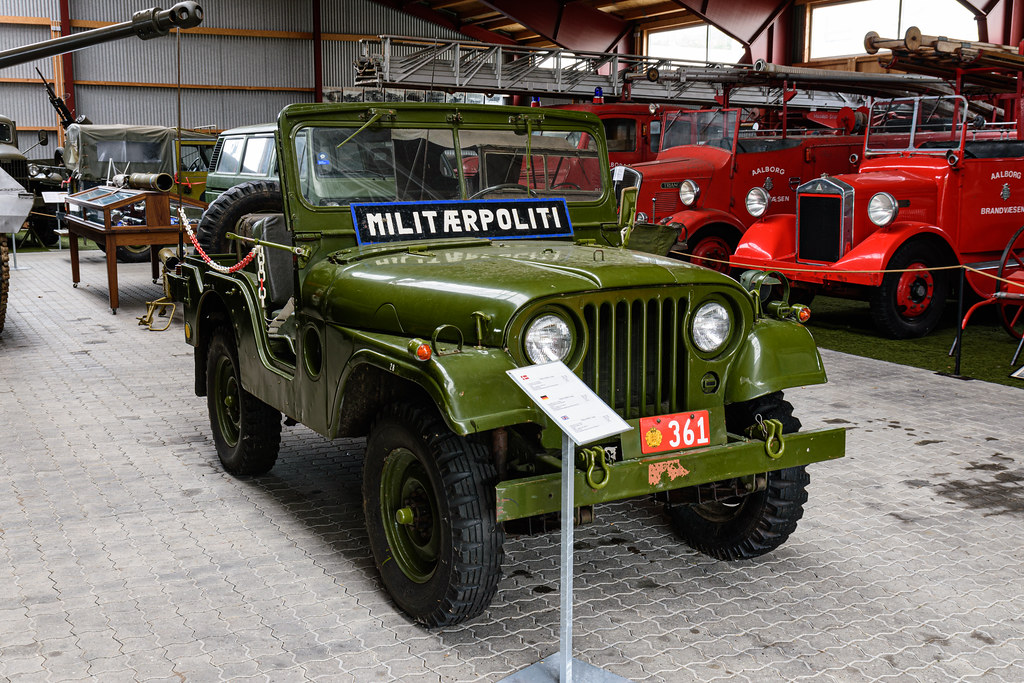
In the wake of the Korean War, the U.S. military was in urgent need of updating its fleet of light utility vehicles. The Willys M38A1 emerged as an iconic fixture in military transport, serving as a bridge between the demands of modern warfare and the subsequent innovations in military vehicle design.

The Willys M38A1 was produced between 1952 and 1971, with over 100,000 units manufactured for use by the U.S. and foreign militaries.

Its design, courtesy of Willys Motors and Kaiser Jeep, featured a series of notable improvements over its predecessor, the M38.

The upgraded M38A1 boasted round fenders, a two-piece windshield, and a contoured hood. Underneath the hood, the M38A1 was powered by a robust F4-134 Hurricane engine and equipped with an improved T-90 transmission, offering 72 horsepower.

Unlike its civilian counterpart, the CJ-5, the M38A1 featured a stronger frame, enhanced suspension, and a waterproof 24-volt electrical system.

Despite its success, the M38A1 was never intended to be a long-term solution. Its role as a reliable stopgap was acknowledged, paving the way for more advanced vehicles.

The M151 4×4 utility truck, developed by Ford Motor Company and introduced to combat in the early 1960s, eventually replaced the M38A1. The M151’s unibody structure and superior suspension offered significant improvements, both in combat effectiveness and manufacturing costs.

Interestingly, the M38A1 has found a second life beyond its military service. Individuals have repurposed these rugged vehicles for various civilian uses, from college campus maintenance vehicles to enthusiasts’ restoration projects.

One such example is a 1952 model acquired around 1998, which served a local community college before finding its way into the hands of a private owner. Despite alterations to its body and a change to a 12-volt system, the vehicle retains much of its original military equipment, including blackout lights.

Another enthusiast, a retired individual with a background in aerospace mechanical engineering, discovered a 1962 M38A1 sitting in a field.

Intent on reviving the vehicle, the owner celebrates the jeep’s hardy nature and the community of military vehicle aficionados who appreciate the historical significance of these machines.

The line between the M38A1 and its civilian siblings, like the CJ-5, has often been humorously debated among owners and fans.

Despite modifications and years of service, the distinctive features of the M38A1, such as the driver’s side glovebox and cowl-mounted battery box, serve as telltale signs of its military origins.

The legacy of the Willys M38A1 is enduring, both in its influence on military vehicle design and its continued presence in the hands of collectors and history buffs.

It stands as a testament to the evolution of military technology and the ingenuity of design that bridges the gap between function and legacy.
